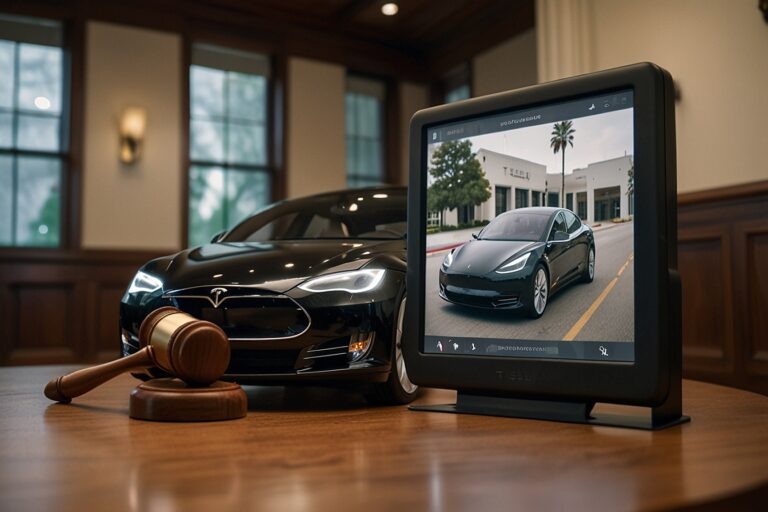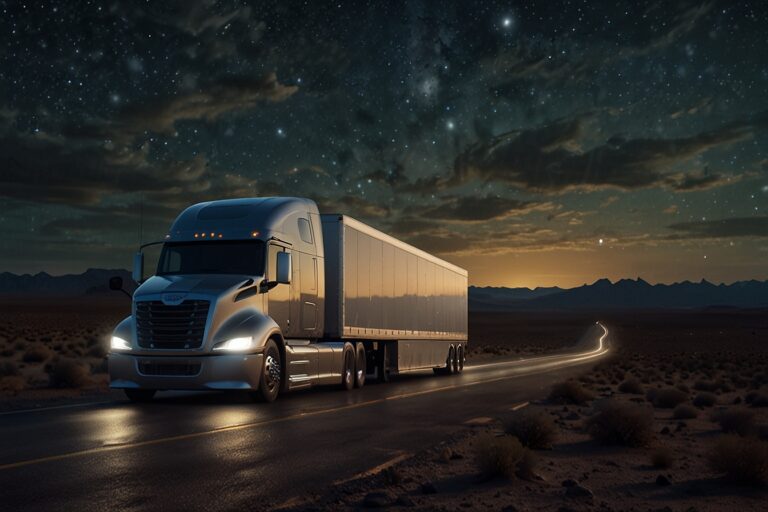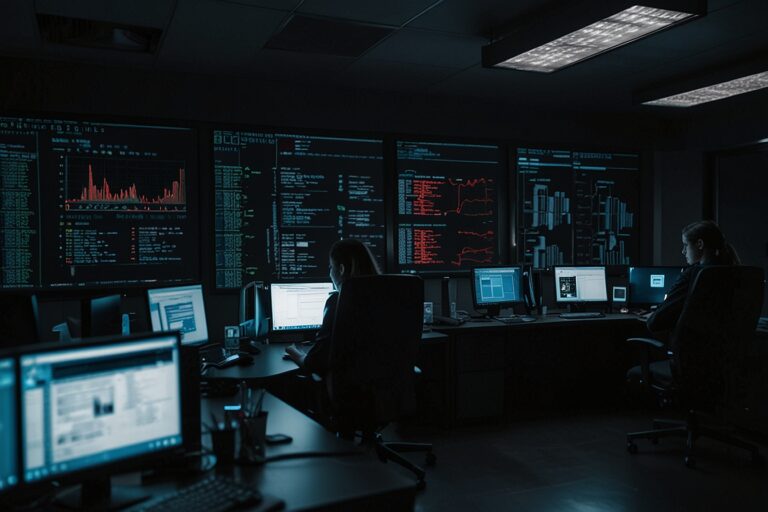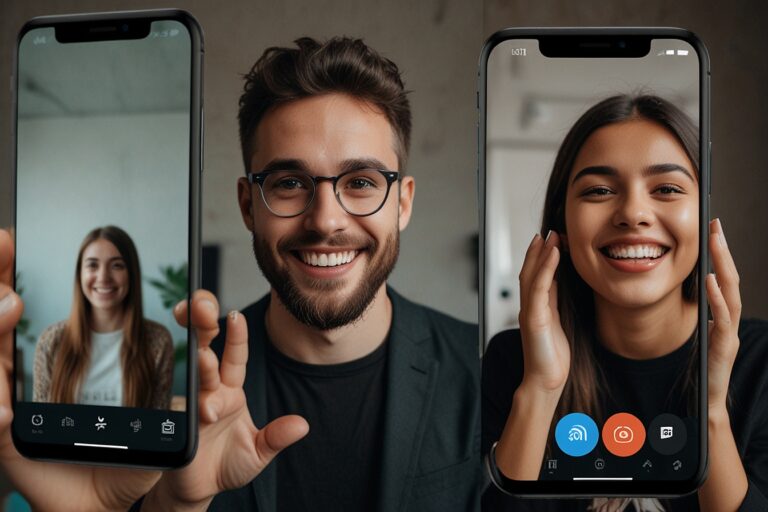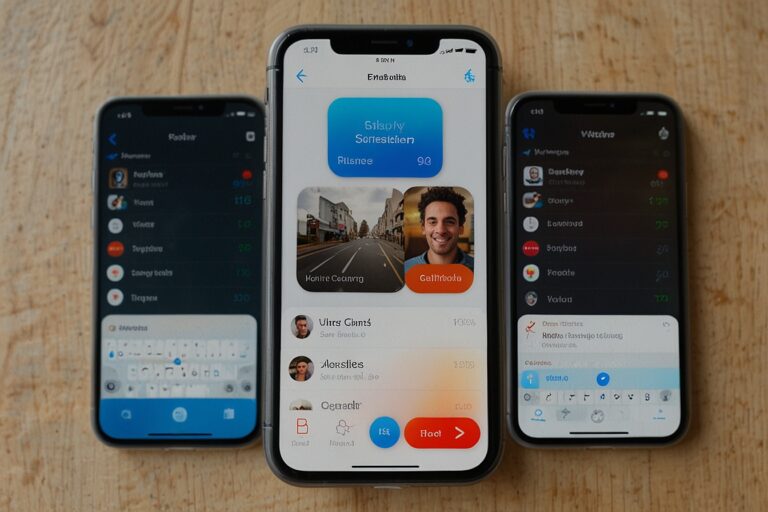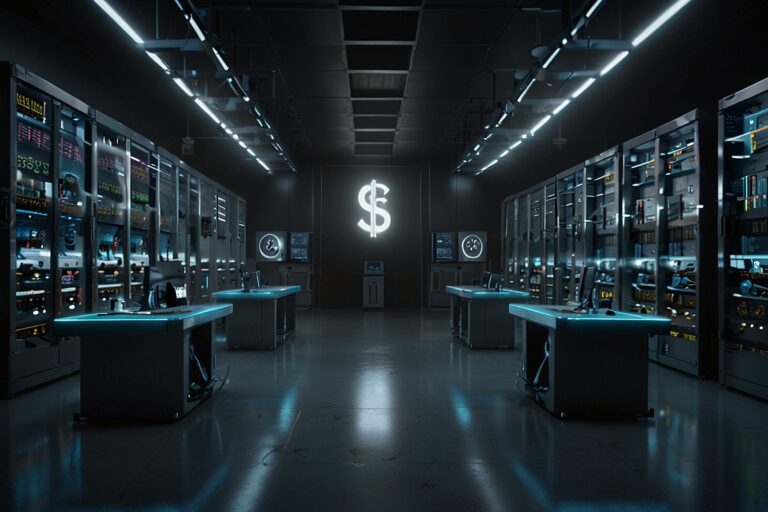
TL;DR:
- Tesla completed its first-ever autonomous vehicle delivery with a driverless Model Y.
- The 15-mile journey took place in South Austin, with no one onboard.
- The car used robotaxi-grade software, later downgraded to FSD (Supervised).
- The event precedes Tesla’s Q2 delivery and earnings reports, expected to show weak sales.
- Critics question if the feat was repeatable, pre-mapped, or influenced by external lidar mapping.
- The video shows impressive performance but leaves doubts about scalability and safety.
Tesla’s Driverless Delivery: A Glimpse of the Future?
Tesla pulled off a promotional stunt that CEO Elon Musk described as a world-first: a Model Y SUV drove itself from the Tesla Gigafactory in Austin to a customer’s apartment — without any passengers or remote assistance. The vehicle was using Tesla’s robotaxi software, currently in limited trial in Austin, before being downgraded to Full Self-Driving (Supervised) upon delivery.
The company shared a sped-up video of the trip on X, which compresses the 30-minute journey into a 3.5-minute highlight reel.
Key Data Snapshot: Tesla Robotaxi Test
| Metric | Detail | Source |
| Distance Driven | 15 miles | TechCrunch |
| Software Used | Robotaxi-grade FSD, then FSD (Supervised) | Tesla |
| Q2 Sales Outlook | Weak, amid company image issues | Reuters |
| Criticism | Parked in a fire lane — minor issue | TechCrunch |
| Historical Context | Tesla’s 2016 video was staged | Bloomberg |
Can Tesla Deliver Autonomy at Scale?
The video shows the Model Y smoothly navigating highways, handling unprotected left turns, and entering roundabouts — all challenging use cases for autonomous systems.
However, as with Tesla’s controversial 2016 demo video, concerns arose about whether this trip was pre-mapped or involved sensor-equipped prep vehicles. Musk claimed no remote assistance or in-vehicle safety operator. Still, Tesla’s refusal to answer press questions raises skepticism about transparency.
Competitive Landscape: Waymo, Zoox, and Beyond
Tesla isn’t alone in achieving this level of autonomous navigation. Waymo vehicles are already driving highways in cities like Phoenix and San Francisco, and Zoox showcased a complex demo in Las Vegas. But those efforts come with regulatory oversight and disclosure, something Tesla notably avoids.
Tesla’s unique challenge is proving scalability: not just a one-time stunt, but repetitive, safe, and verifiable driverless deliveries.
Critics Ask: Was It Real, or Just Well-Staged?
Among Tesla’s critics, Dan O’Dowd of The Dawn Project — who previously ran videos of Tesla cars hitting child dummies — commented only on the car’s fire lane parking. That’s light criticism considering past accusations of staging and public safety risks.
The key issue remains whether Tesla’s robotaxi software can safely repeat this drive thousands of times, not just once for PR.
Tesla’s Bigger Self-Driving Promises Still Unmet
This stunt mirrors Musk’s 2016 claim that a Tesla would drive coast-to-coast without intervention — something that still hasn’t happened. While this delivery was symbolic, the company must overcome significant trust and reproducibility hurdles.
Tesla’s stock briefly surged after Musk’s post, but closed down on Monday amid broader market volatility and investor caution.
